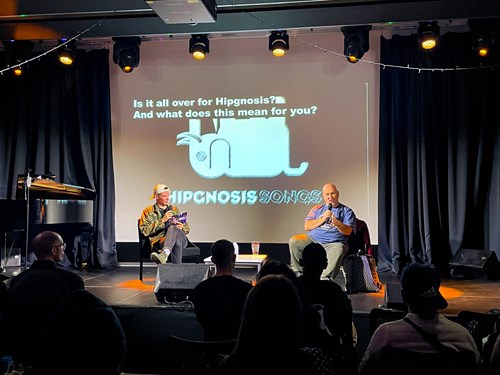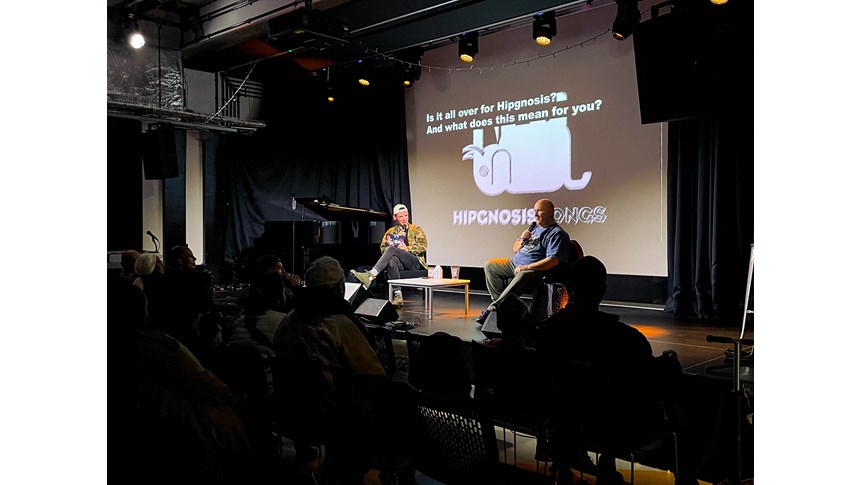If someone handed you six figures for one of your songs but you could never own the copyright again, would you take it? Welcome to the world of synchronisation (or ‘sync’). This is where songs are placed in various media such as films, TV shows, advertisements etc. and have the ability to generate a ton of reach for that song and the artist.
This is the (slightly confusing) world where investment and business and art come together. We’ll try to break it down as much as we can in this blog post, but you can also watch the full talk here for all the stats and thoughts from our Music Industry Mondays audience.
We’ll also take a look at Hypgnosis, a company once at the forefront of music intellectual property investments which is now starting to dwindle.
The advantages of synchronisation
For musicians, synchronisation is a great way to amplify their presence, especially in the current overcrowded climate. Beyond traditional revenue streams, like album sales and streaming, sync placements provide exposure to diverse audiences.
Emerging artists can find their music featured in commercials, TV shows or video games, providing a unique platform to showcase their talent. Synchronisation also serves as a powerful marketing tool. Just look at Moby. He had four albums do extremely well, garnering around 250,000 sales but his fifth album, not so much. Through sync, he was able to sell every single track on that fifth album generating about 10 million sales.
Synchrnoisation may be something you want to look at… Or is it?
Hypgnosis Songs Fund is currently struggling
Hypgnosis Songs Fund Limited, once celebrated for its pioneering approach to music intellectual property investments, has recently turned a concerning corner. The company, founded by music industry expert, Merck Mercuriadis, tried to capitalise on the value of hit songs by acquiring catalogues and exploiting their commercial potential.
The recent challenges Hypgnosis has faced, however, have sparked discussions about the sustainability of its business model. The company's stock performance has raised eyebrows, and concerns have been raised about the longevity of its investment strategy. Some people are arguing that the allure of music copyrights may not provide the anticipated returns in the face of market fluctuations and evolving industry dynamics.
The downfall of Hypgnosis has made people look at the world of synchronisation as a whole. While synchronisation offers pretty incredible potential for artists, it's essential to approach investments in music catalogues with a deep understanding of the industry's nuances. You can’t run into these deals without first considering things like market trends, technological advancements, and shifts in consumer behaviour. In other words, get your business hats on!

Adaptation is always the way
The challenges faced by Hypgnosis highlight the importance of diversification and adaptation in the music industry. As the landscape evolves, companies and artists must be quick to respond to changing trends. Diversifying revenue streams beyond traditional models and exploring new avenues, including synchronisation, can be just the thing you need to gain long-term success.
Despite the challenges faced by companies like Hypgnosis, synchronisation remains as a powerful force in the music industry. Its ability to boost artists' careers and reach and provide unique revenue streams means it’s quickly becoming an essential element in the industry.
If this has piqued your interest and you want to learn more about synchronisation, you should definitely watch the full talk with artist manager, JD and major figure in the industry and current LCCM lecturer, Lindsay Wesker.
Better yet, you could come down to one of our events live! Get some free tickets here.
